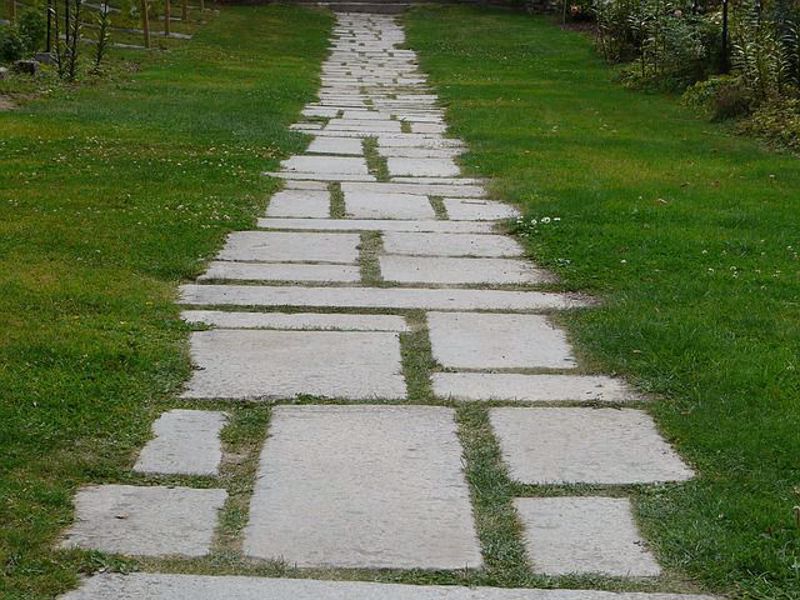June has somehow arrived out of nowhere, we are almost closer to next Christmas that we are last Christmas. Our gardens are now featuring prominently in our minds and many of us are thinking of paved areas. Home Depot has all the garden paving solutions you need and all the tools you need to lay a perfect patio or amazing garden path. With a Home Depot Money Saving Coupon from We Are Coupons you can save money on your paving. So, what options are there for paving in your garden?
Natural Stone
One of the more expensive garden paving options is natural stone. Natural stone looks amazing and is very strong. There are many different types of natural stone and most common types of natural stone paver are flagstone or fieldstone. You can use limestone for edges to add some character to your garden. Many natural stone pavers retain their color and last well, making them a very popular choice. Natural stone is ideally suited to high traffic areas.
Brick Pavers
Traditionally made of clay but sometimes made of concrete and aggregate to create a brick-like look and feel, brick pavers are popular pavers. Bricks come in a variety of colours with different textures and can give you free rein to mix and match or stick with a single variety. Brick pavers can be sealed to avoid fading and these superb pavers are very hard wearing and strong. Bricks can be laid touching each other or with gaps between them. Many gardens have highly decorative brick paved paths or patios.
Concrete Pavers
Concrete pavers are a common and very popular paving material and can be mixed and matched with brick pavers and natural stone in different areas of your garden. With concrete pavers you have a tremendous choice of types, styles, sizes and colours as well as many different moulded shapes. If you are on a budget, concrete pavers are the perfect solution that can create a finish that looks like you spent a fortune.
Laying your pavers
Laying your pavers properly is a must. You can very rarely place pavers on unprepared ground and you need to make sure your levels and flows are taken into consideration. Drainage is important and making sure water flows to a desired area of your garden to avoid flooding is essential. Many pavers need to be set in cement and this can either be laid or brushed into and between the paving. Planning your paving or patio is essential and taking your time will result in a superb paved area that you will be able to enjoy for many years.




